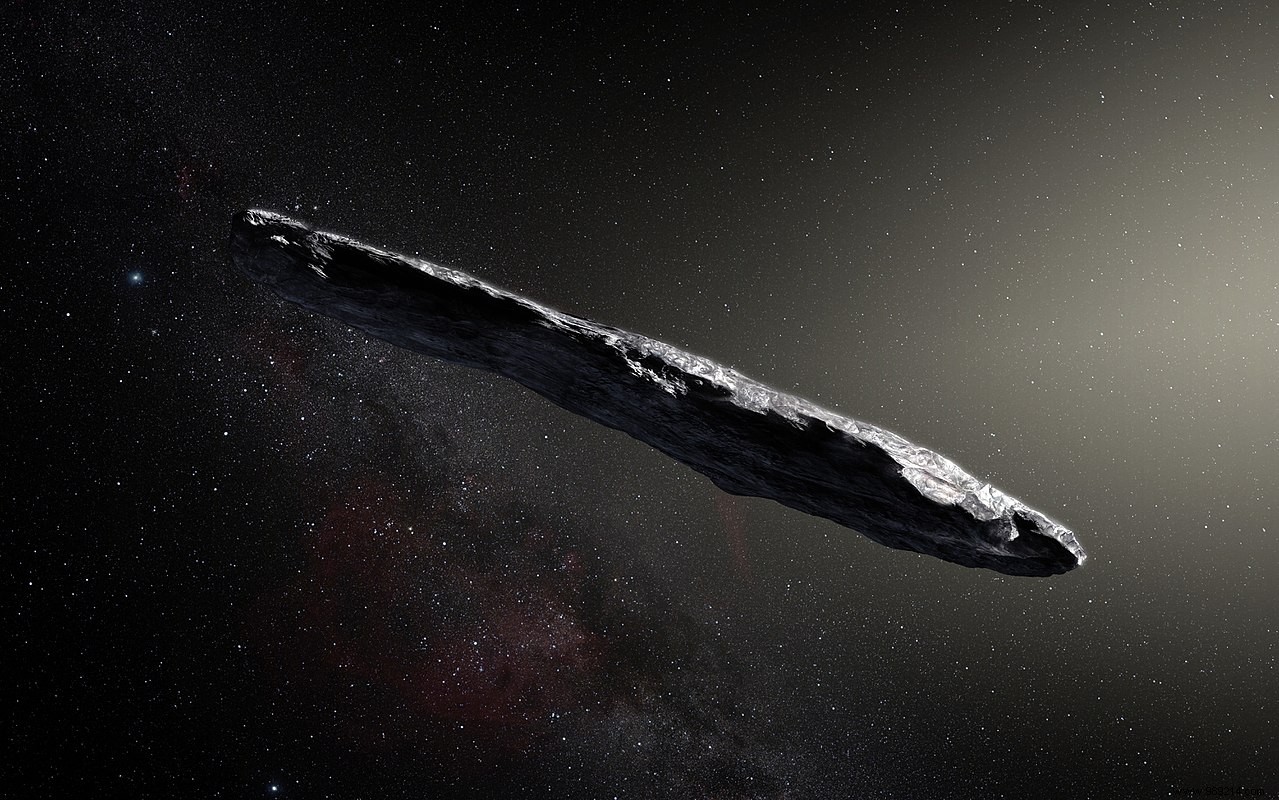Are there extraterrestrial civilizations able to think and build technologies allowing interstellar travel? An international research project called Galileo, led by Professor Avi Loeb, intends to know.
Led by a multi-institutional team of scientists and piloted by Harvard University, the Galileo project will seek and study evidence that may represent defunct "extraterrestrial technological civilizations" or still active (or ETC), according to its representatives.
The development of this new program follows the discovery, in 2017 , the first known interstellar object to visit our Solar System. While some describe the object as a mere asteroid, comet or super-earth fragment, the object, dubbed Oumuamua, was found to have "highly anomalous properties that defy well-understood natural explanations “, can we read in the press release of the University.
Also, Oumuamua could be explained by natural explanations never seen before or we could stretch our imagination by not dismissing the idea that the object could be the testimony of an extraterrestrial civilization , even if this possibility is small.
Avi Loeb, who should lead this new project, is convinced of this. Indeed, this strange cigar-shaped object was, according to him, a probe equipped with a solar sail . He even wrote a book about it published last January titled The first sign of extraterrestrial intelligent life . On the red advertising banner of the French edition of the book, Loeb warns:"If I'm right, this is the greatest discovery in the history of mankind “.
Oumuamua is not the only motivation for this new project. The recent release of the ODNI (Office of the Director of National Intelligence) report on Unidentified Aerial Phenomena (UAP) also helped. Submitted to Congress on June 25, the document indeed mentions certain unidentified Arian phenomena (UPP), the nature of which is still unknown.
According to the research team, and given the abundance of recently discovered "Earth-Sun systems", humans should no longer ignore the possible existence of extraterrestrial technological civilizations (ETC). Above all, science should not dogmatically dismiss potential extraterrestrial explanations because of social stigma or cultural preferences, factors that are not conducive to the scientific method of unbiased empirical inquiry.
So we must now be determined to systematically, scientifically and transparently search for potential evidence. “The impact of any discovery of extraterrestrial technology on science and our view of the whole world would be enormous “, can we read in the press release.

To operate, the research group of the Galileo project will aim to identify the nature of possible interstellar objects using the standard scientific method based on a transparent analysis of open data collected using optimized instruments . The project will thus seek to obtain UAP images with an array of high-resolution telescopes and detector arrays distributed in selected locations. The data will be open to the public and the scientific analysis will be transparent.
“We are planning broad artificial intelligence/deep learning (AI/DL) and algorithmic approaches to differentiate atmospheric phenomena from birds, balloons, commercial drones or general public, and potential technological objects of terrestrial or other origin monitoring our planet, such as satellites “, writes the team of researchers.
The research group will also draw on existing and future astronomical surveys such as the upcoming Legacy Survey of Space and Time (LSST), from the Vera C. Rubin Observatory , to monitor the properties of potential Oumuamua-like interstellar visitors. “We will also conceptualize and design, potentially in collaboration with interested space agencies or space companies, a launch-ready space mission to image these objects by intercepting their trajectories as they approach the Sun “, can we read.
The Galileo project obviously takes its name from the Italian astronomer, who lived from 1564 to 1642, at the origin of the discovery of several lunar craters, the rings of Saturn or four more Jovian moons. One of his thoughts, in particular, fits perfectly into this new project:“All truths are easy to understand once they are discovered — the goal is to discover them “, he had written in 1632 in Dialogue Concerning the Two Chief World Systems .